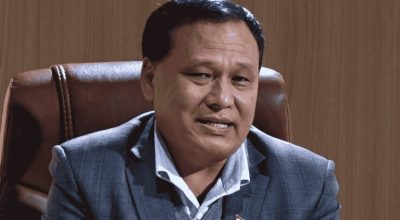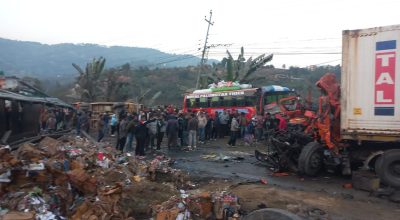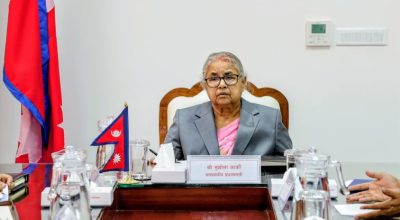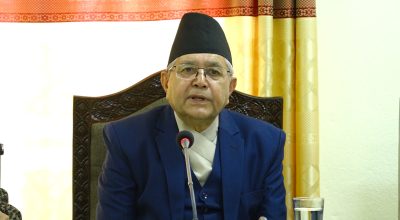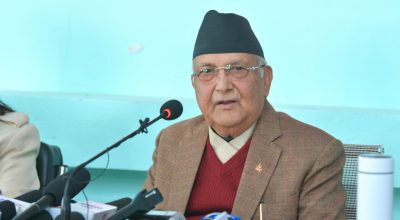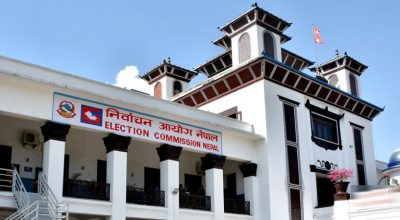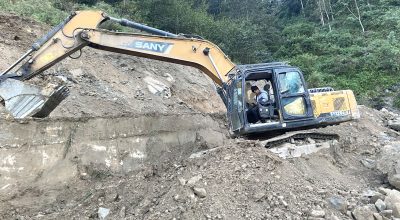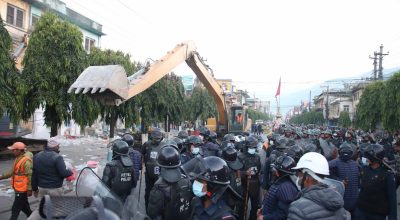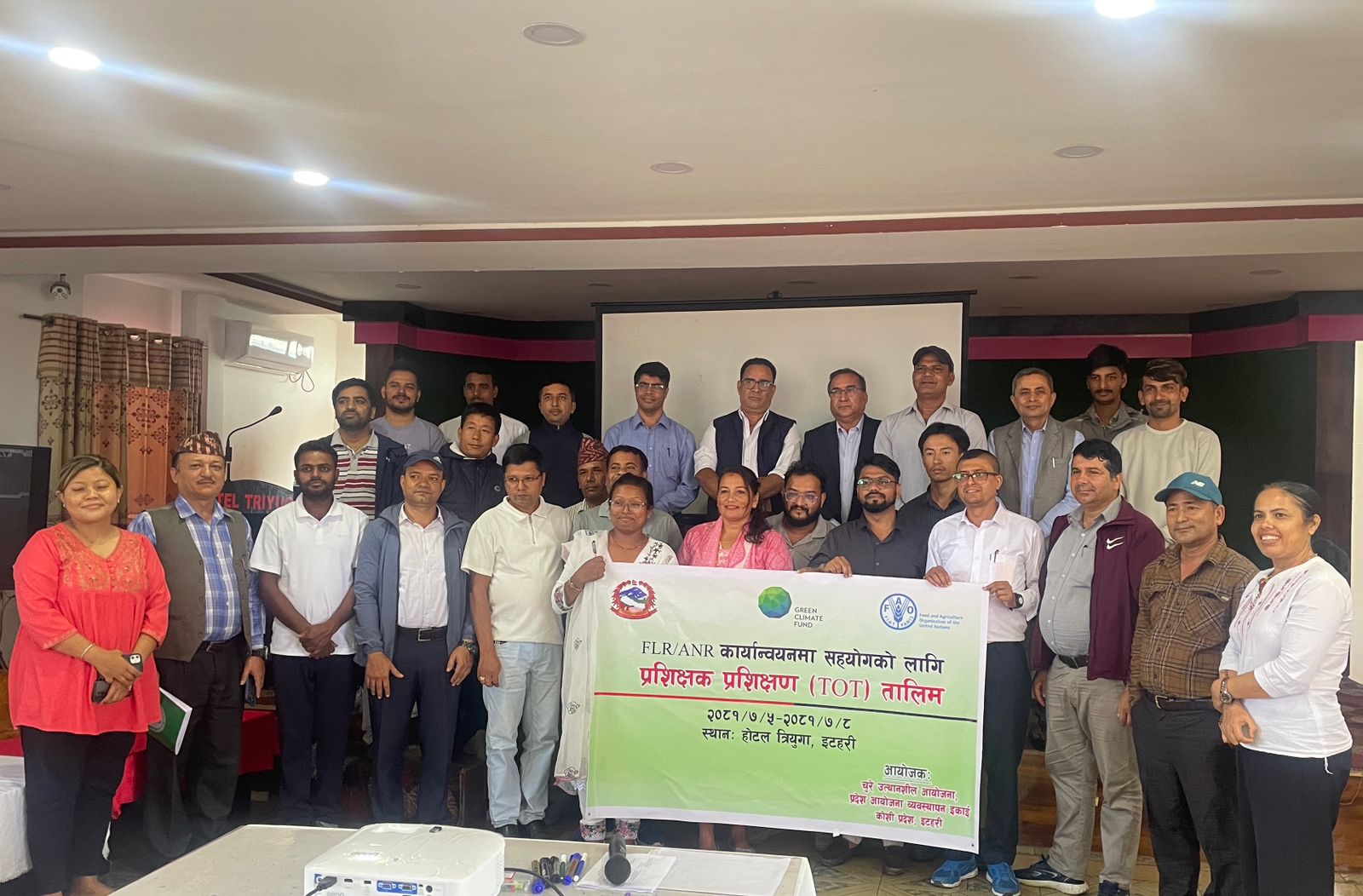
Itahari, Oct 29: Building a Resilient Churia Region in Nepal (BRCRN) provided a training on Forest Landscape Restoration (FLR) and Assisted Natural Regeneration (ANR) for 24 forestry and Natural Resource Management professionals. The training was held from 21-24 October in Hotel Triyuga, Itahari. The graduated participants will work as FLR/ANR facilitators to train Forest User Groups (FUGs) on the concept, rationale and approaches of FLR and ANR.
“In the training, we learnt how to assist the natural regeneration of plants. We also learnt how to restore forest landscape by managing natural resources – by replanting species that have become extinct in the area, by digging conservation ponds, by fencing the forests for protection, etc. We learnt to gather indigenous seeds by seeking them from community members and FUGs. I will be implementing my learnings at Belaka – 1, Udaipur, where I will work on restoring a small sample of forest landscape in coordination with the local FUGs,” says participant Laxmi Basnet, who facilitates Field Schools for farmers in Udaipur.
The overall objective of these events was to capacitate provincial forestry staff and facilitators on the relevance and implementation of FLR and ANR for promoting overall ecosystem functions of the Churia Landscape. Assisted natural regeneration is one of the key activities of BRCRN’s Critical Ecosystem Restoration Plans (CERP) to restore the Churia landscape. This activity will be implemented in the project area through direct technical support and cooperation from the Division and Sub-Division Forest Offices. Since forest user groups are the executers of ANR within the scope of the respective policies and work plans, enhancing their capacity through forestry officials is not only a crucial aspect but expected to be a sustainable approach.
“We learnt that forest has degraded a lot over the past, and the importance and need for restoring forests. The Division Forest Office is directly responsible for implementing these activities. To do so, we will first of all identify BRCRN intervention sites in the district. Then we will perform site selection, identify stakeholders, define land tenure in the target area. Then we will discuss these activities with the stakeholders, we will tell them the benefits of restoring forest landscapes or plating trees in barren land and carry out these activities. The training was beneficial in that all these theoretical and practical concepts were made clear to us and we have identified clear action steps,” says Buni Lal Baitha, Division Forest Officer of Triveni, Katari.
Key contents of the training were concept, rationale, types and approaches of FLR and concept, rationale, site selection and the procedure of implementing ANR activities. Key stakeholders of FLR/ANR, socio-economic considerations as well as the issues and challenges, including land tenure, were discussed.
The training was inaugurated by Provincial director of Ministry of Forests and environment Dr. Indra Prasad Sapkota. It was facilitated by BRCRN experts Dr. Ganga Ram Dahal and Dr. Bishnu Hari Paudyal, and BRCRN PPMU Koshi chief Raj Kumar Gupta. Out of the total participants, 25%, 12.5% and 0.5% were from Indigenous, Madheshi and Dalit communities respectively. Close to 55 percent participants were from youth, i.e. the age group 16-40 years.
“The training was successful in capacitating government officials and facilitators to manage their expectation on understanding concept, types and the rationale behind FLR and delivering forest user group level ANR orientation events, so that the FLR/ANR activities can be effectively implemented. Results from the pre and post tests of the participants showed that they have increased the knowledge on the subject matter by an average of 37 percentage,” says facilitator Dr. Bishnu Hari Paudyal. #chure #nepal #BRCRN





